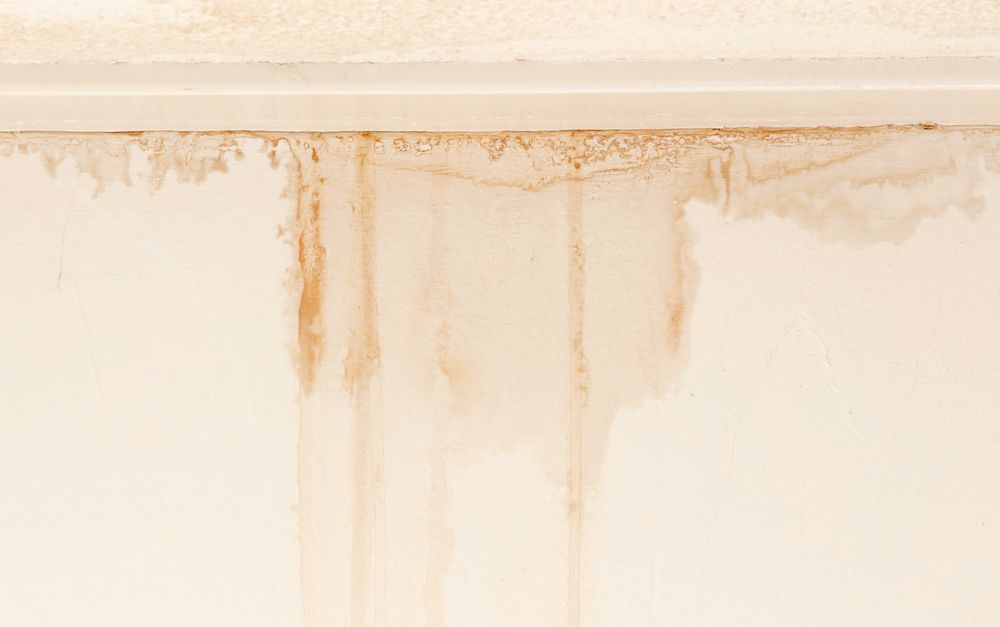Do you find yourself trying to locate info about Leaking water lines?

Early detection of leaking water lines can minimize a possible calamity. Apart from conserving you cash, it will certainly decrease the worry and also stress. The minute you discover a leak, calling your plumber for repair services is the very best service. Some tiny water leaks might not be noticeable. Below are some hacks that assist if you can not spot it with your nude eyes.
1. Check Out the Water Meter
Every home has a water meter. Examining it is a guaranteed manner in which helps you discover leakages. For beginners, turn off all the water sources. Ensure nobody will flush, utilize the faucet, shower, run the cleaning maker or dishwashing machine. From there, most likely to the meter and watch if it will certainly change. Because nobody is using it, there should be no activities. That shows a fast-moving leakage if it relocates. Also, if you discover no changes, wait an hour or more as well as examine back once again. This indicates you might have a slow-moving leakage that can even be underground.
2. Check Water Consumption
Assess your water bills and track your water intake. As the one paying it, you should observe if there are any type of inconsistencies. If you find sudden changes, regardless of your usage coinciding, it implies that you have leakages in your plumbing system. Keep in mind, your water bill should drop under the same variety every month. An unexpected spike in your costs indicates a fast-moving leak.
A consistent boost every month, also with the very same routines, reveals you have a sluggish leak that's likewise slowly escalating. Call a plumber to thoroughly examine your residential or commercial property, especially if you really feel a cozy area on your floor with piping underneath.
3. Do a Food Coloring Test
When it comes to water intake, 30% comes from toilets. If the shade in some way infiltrates your dish during that time without flushing, there's a leak between the storage tank and bowl.
4. Asses Outside Lines
Do not forget to examine your outside water lines as well. Examination spigots by affixing a yard pipe. Ought to water seep out of the link, you have a loose rubber gasket. Change this and also make sure all connections are tight. It will assist get it professionally checked out and also kept every year if you've got a lawn sprinkler system. One little leak can lose tons of water and increase your water expense.
5. Examine and also Evaluate the Scenario
Property owners should make it a routine to examine under the sink counters and also inside closets for any bad odor or mold development. These 2 red flags suggest a leak so punctual focus is needed. Doing regular inspections, even bi-annually, can conserve you from a major trouble.
Examine for discolorations and also deteriorating as most pipelines and home appliances have a life expectancy. If you presume dripping water lines in your plumbing system, do not wait for it to escalate.
Early detection of dripping water lines can minimize a potential disaster. Some tiny water leaks might not be noticeable. Examining it is a guaranteed method that aids you uncover leakages. One little leak can waste lots of water as well as surge your water expense.
If you suspect leaking water lines in your plumbing system, don't wait for it to escalate.
How to Know If Your Home Has a Hidden Leak
Water Meter Reveals Inexplicable Water Usage
If you’d like to test whether or not there’s a leak somewhere in your home, you can do this using your water meter. Here is how to conduct the test:
Don’t use any water in your home for at least 30 minutes; this also means not turning on faucets or water-using appliances.
Go outside, and check your water meter for activity.
If your water meter shows that there was activity, even though no one was using any water, this proves that there is a leak in your home.Visible Mold or Mildew Growth
Leaks behind walls create moist, dark environments that allow mold and mildew to grow and thrive. Eventually, you might see mold growth forming on the wall closest to a hidden leak.
If mold is growing in an area that receives a high amount of moisture, such as a bathroom, it may simply be an indication that better ventilation is needed. However, if you see mold growth on a wall or the ceiling in an area where you would not expect, you probably have a hidden leak.
Musty, Mildew Odor
Sometimes you might not be able to see the mold or mildew that is growing as a result of a leak. However, the smell can give the problem away just as easily. If you catch a whiff of something musty, there’s a good chance that old water is collecting somewhere in your home that you can’t see.
Stained/Warped Walls, Ceilings, or Floors
When your home soaks up water, a variety of red flags can become visible, including ceiling stains, bubbling drywall, warped walls, and sagging floors. While these issues can be caused by excess humidity, they can also be signs that a pipe or plumbing connection has started leaking behind your walls.
Inexplicably High Water Bill
After a while, you get a general sense for what your water bill should be. If you own a pool or sprinkler system, your bill will tend to be higher during summer. However, if you receive a water bill that seems especially high, and you can’t figure out what caused it, then you may have a hidden leak somewhere that’s increasing your bill.
https://www.plumbingjoint.com/blog/2019/july/how-to-know-if-your-home-has-a-hidden-leak/

I stumbled upon that content about Leaking water lines when scouting around the internet. Sharing is good. Helping people is fun. I praise you for your time. Visit again soon.